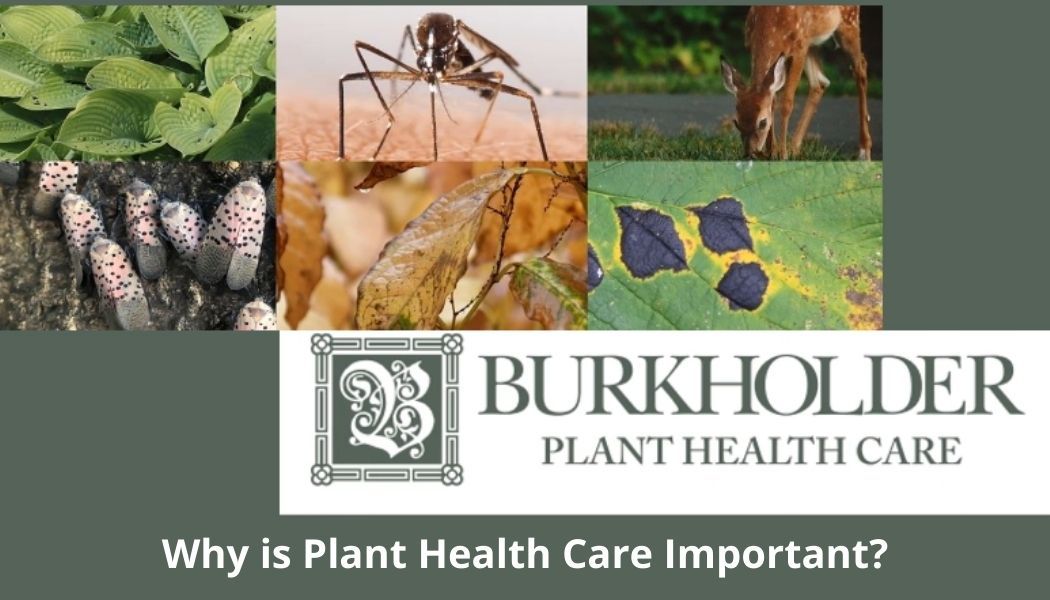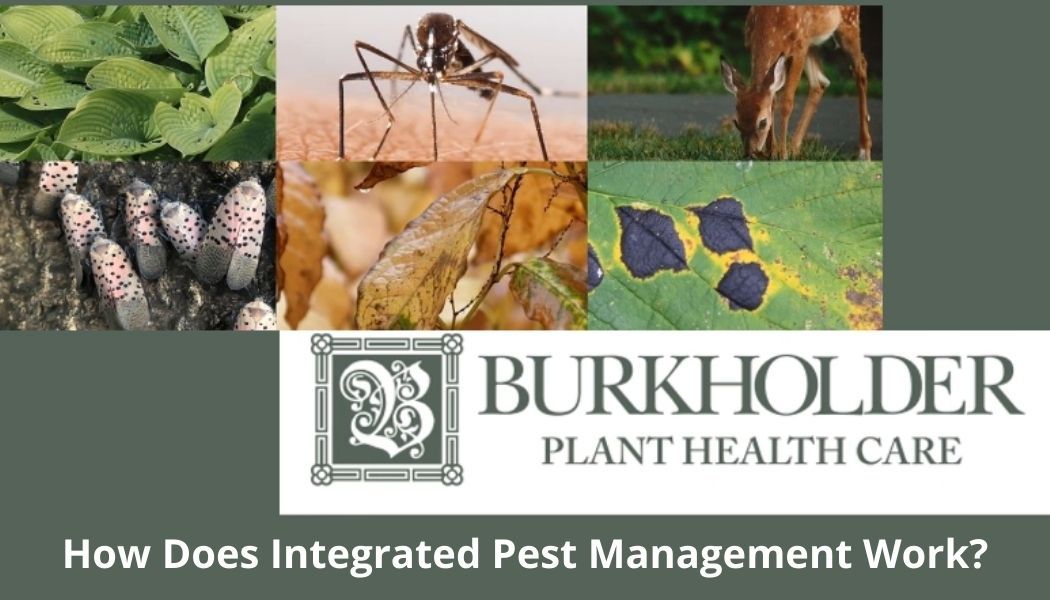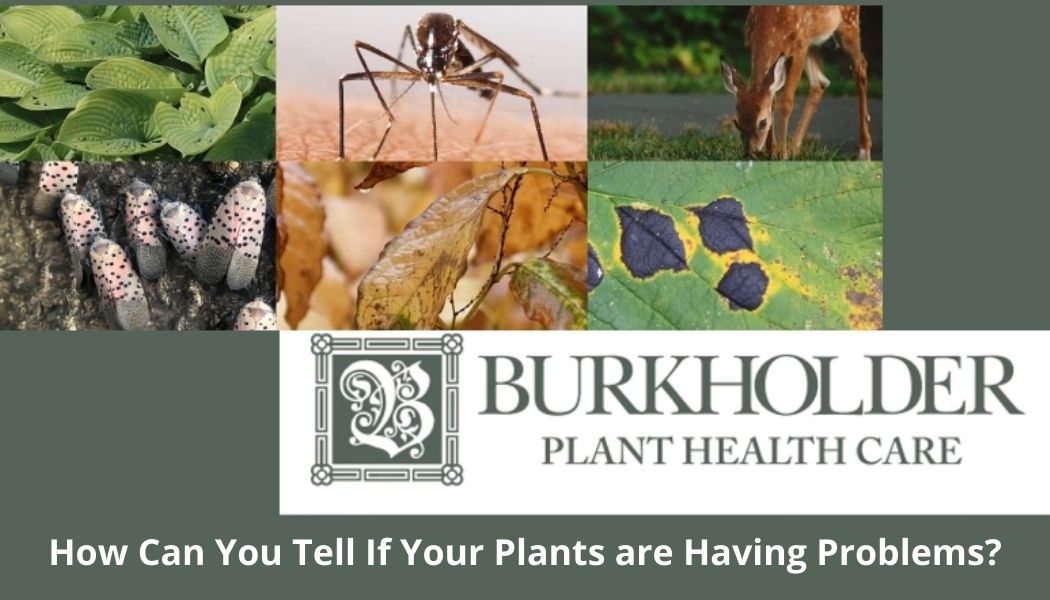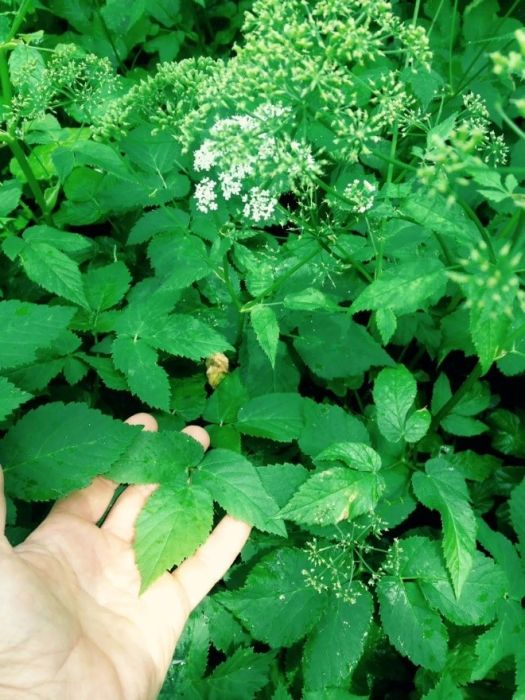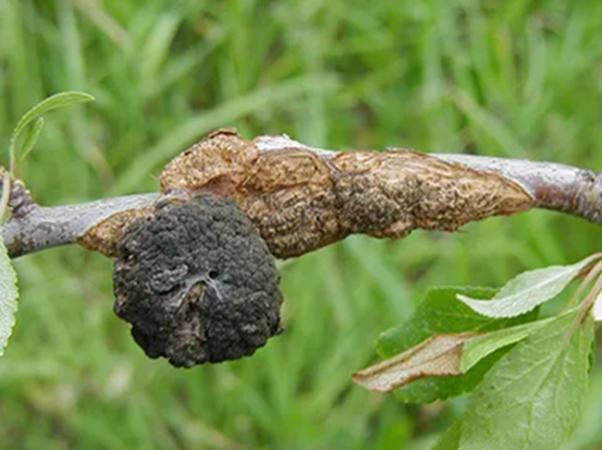Questions about Plant Health Care
All homeowners and property managers have questions about plant health care. One of the essential areas of landscaping is keeping all of the plant life on a property healthy. This statement may sound straightforward at first, but the unique ecosystems of a yard are complex and need to be treated specifically. Plant health care addresses that complexity, ensuring the proper conditions for every plant. But what exactly is plant health care, why is it important, and how can it help you? We get many questions about plant health care, and below are the answers to some of them.
What Is Plant Health Care?
One of the more common questions about plant health care that homeowners ask is ”what exactly is plant health care?” Plant health care is a process of inspection and diagnosis of threats to the health of the plants and treatment of these threats before the damage becomes irreversible. In general, these threats consist of insect and disease pests, deficiencies in soil nutrition, and physical or environmental problems.
Early detection and proper diagnosis are the keys to effective management, and we generally recommend monthly inspections to keep up with the threats as they develop through the growing season. Every type of plant in the landscape faces specific problems through the year (from insects and diseases to weather to deer), and healthy plants are most likely to have the defenses to survive.
Why Is Plant Health Care Important?
The role of plant health care in commercial and residential landscapes is to preserve the landscape’s aesthetics and protect the long-term investment in the property. Most common landscape shrubs and trees will live for 50 years or more with proper care, and in the absence of care, most plants are in a persistent state of decline.
Another one of the frequent questions about plant health care homeowners have is with regards to cost. Managing pests, keeping up with soil chemistry, and maintaining proper structural care is the best way to ensure healthy growth and longevity at a fraction of the cost of replacing plants. In general, the cost of protecting a plant is less than 10% of the cost of replacing it, and each year that plants thrive in the landscape, they become more valuable.
How Does Integrated Pest Management Work?
Integrated pest management is essentially a tool chest, consisting of the following items:
- All of the techniques that are available for diagnosing problems
- All of the methods for determining the need for treatment
- All of the available treatment approaches
Burkholder PHC integrates diagnosis, treatment thresholds, and management tactics in real-time, on-site. Diagnosis generally consists of an evaluation of symptoms and formal pest identification. Treatment thresholds are used to determine how widespread a problem needs to be before it warrants treatment. Management tactics may consist of chemical tools, corrective or sanitation pruning, beneficial insects, or repellents.
This essentially becomes a biological cost-benefit analysis, which allows solving the pest problem with the least possible collateral damage or ecological harm.
How Can You Tell If Your Plants Have Problems?
If you are connected to your landscape plants and enjoy understanding the underlying biology of plant-pest interactions, your observations are vital to keeping your landscape plants in good health. Most of the plants we work with are relatively long-lived, and each growing season should be a predictable process of dormancy through full vigor to senescence.
Common Symptoms in Landscape Plants
The most common symptoms in landscape plants include yellowing or browning of leaves, wilting, or leaf drop.
Common symptoms of insect or mite damage in landscape plants include the following:
- Curling
- Notching, chewing of leaves
- Development of a dull, bronzed leaf finish
- Growth of black sooty mold on the tops of leaves
Early detection and proper diagnosis are the keys to effective management, and we look forward to working with you in enhancing your landscape and protecting your investment.
Why is Weed Control Important?
The presence of weeds in ornamental landscapes poses significant challenges, directly impacting the health of preferred plants and diminishing the visual appeal of managed planting beds.
Weeds compete vigorously with desired landscape specimens for essential resources like water, sunlight, and soil nutrients. This competition often results in reduced growth and vigor among desirable plants, limiting their ability to enhance the aesthetic of the landscape.
The negative effects of weed infiltration are particularly pronounced during the initial stages after new landscape plants are installed. Weeds take advantage of the disruption caused by transplanting, quickly establishing themselves and outcompeting newly introduced plants for available resources.
Additionally, many weed species produce chemicals that hinder the root development of ornamental plants. This compounds the competitive advantage of weeds, further impeding the growth and establishment of desired plants.
In summary, the presence of weeds in ornamental landscapes undermines the health of preferred plants and detracts from the overall visual appeal of managed planting beds. Effective weed management strategies are essential to maintain the integrity and attractiveness of ornamental landscapes.
What is Anthracnose Disease?
Anthracnose represents a significant threat to numerous high-value landscape trees within our region. This foliar disease induces leaf blotch, which, if left unchecked, can lead to the death of leaves and premature defoliation of trees. Anthracnose thrives in cool, high-humidity conditions, often manifesting in outbreaks during the spring and fall seasons. The disease impacts hundreds of plant species globally, and in our area particularly dangerous to five tree species groups: flowering dogwood, sycamore, maple, ash, and oak.
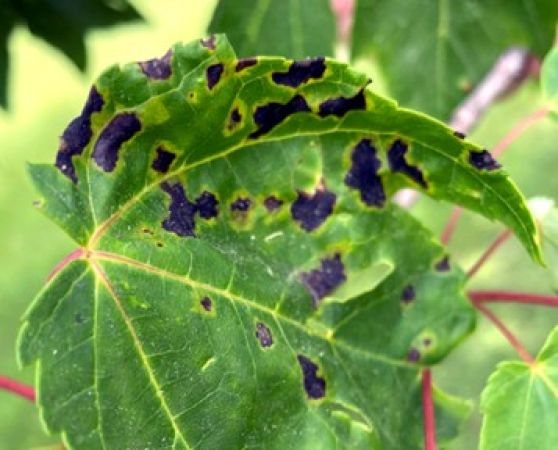
What is Black Knot Tree Disease?
Black Knot presents a significant threat in both ornamental landscapes and home and commercial orchards. Indigenous in North America and predominantly found in the Northeast region, this fungal disease affects Prunus species commonly located in forested and wild areas surrounding urban and suburban environments. Characterized by hard, irregular, black galls or swellings on twigs, branches, and stems of stone fruits within the Prunus family, this fungal pathogen can cause leaf wilt, browning, twig dieback, and distorted growth in native and ornamental plums and cherries, reducing their productivity and aesthetic appeal.
Black Knot is caused by the pathogen Apiosporina morbosa, primarily targeting plums and cherries, with apricot and peach being susceptible to a lesser extent. The disease takes two years to fully mature, with viable ascospores forming on young knots in the year following initial infection.
Contact Burkholder PHC for Plant Health Care Services
Do you have more questions about plant health care? Or are you interested in seeing how plant health care can benefit your landscape? If so, contact Burkholder PHC. We have up-to-date knowledge of the latest best practices for plant health. Our passionate and experienced plant health care specialists will create and maintain a beautiful and healthy landscape for you. For a free consultation or more information about our services, contact us today.




